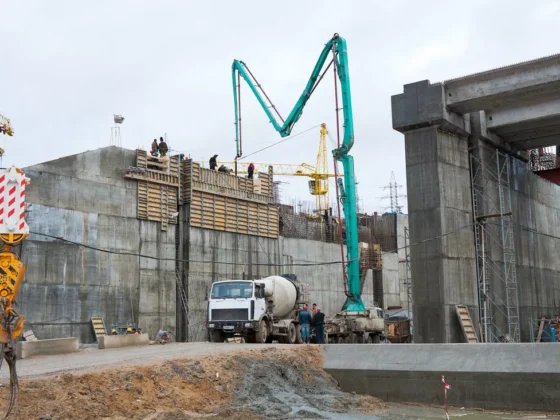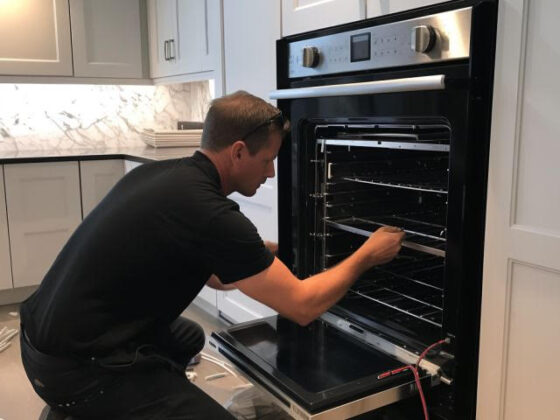As winter descends and temperatures plummet, the quest for warmth within our homes becomes a top priority. The transition from chilly discomfort to cozy warmth involves more than just turning up the thermostat.
It requires a thoughtful approach to home heating solutions, leveraging the expertise of professionals in the field. In this exploration, we unravel the key strategies and technologies employed by heating professionals, including the role of a gas boiler installer, to transform the chills of winter into a haven of comfort.
Understanding Home Heating Dynamics
The battle against the cold begins with a fundamental understanding of how heat behaves within our living spaces. Homes lose heat through various avenues, including windows, doors, walls, and roofs. Insufficient insulation, draughty gaps, and outdated heating systems contribute to heat loss, making it challenging to maintain a comfortable indoor temperature.
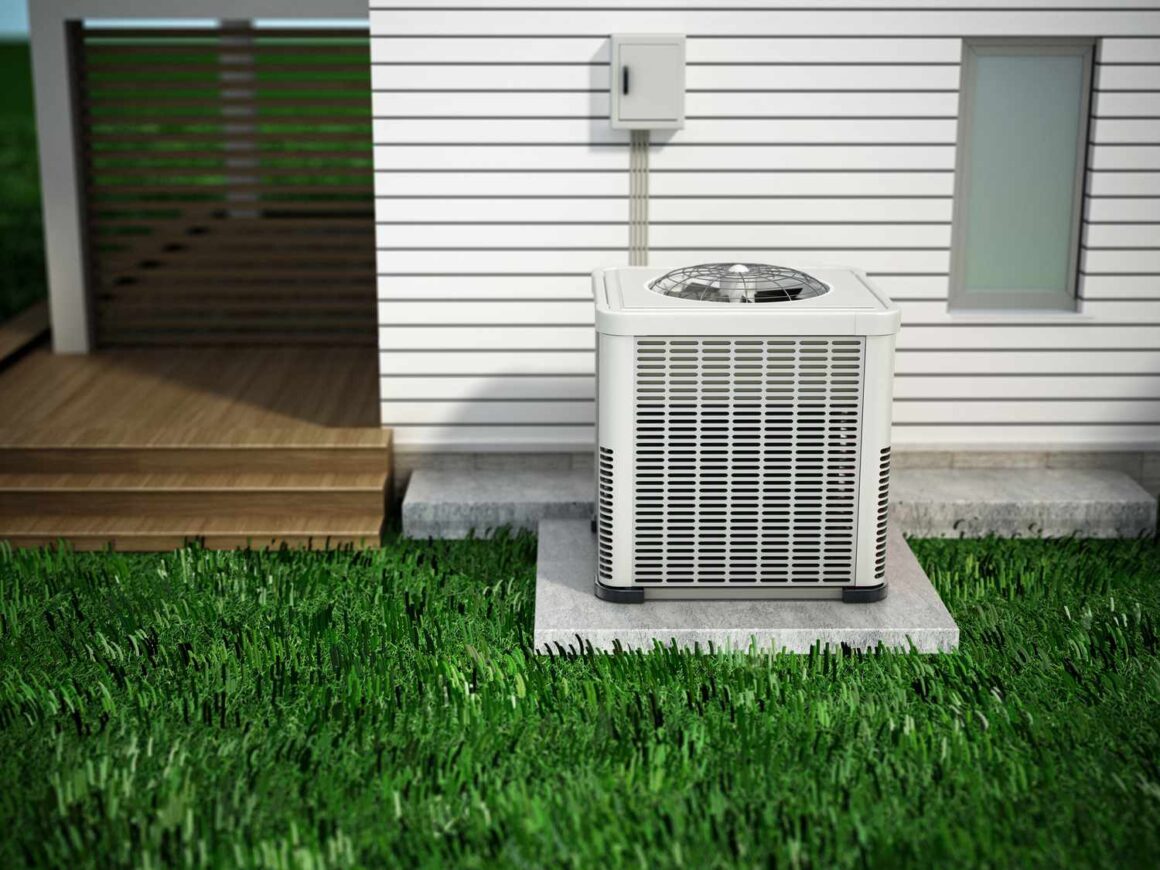
1. Comprehensive Energy Audits
Professionals in home heat solutions kick off their transformative journey with comprehensive energy audits. These audits involve a meticulous examination of a home’s thermal performance, identifying areas of heat loss and energy inefficiency. Through thermal imaging, insulation assessments, and a review of heating systems, experts gain insights into the unique challenges each home presents.
2. Advanced Insulation Techniques
Armed with the findings from energy audits, heating professionals employ advanced insulation techniques to address thermal inefficiencies. From traditional insulation materials like fiberglass and mineral wool to cutting-edge options such as spray foam insulation, the goal is to create a thermal barrier that prevents heat from escaping and cold from infiltrating the home.
3. High-Efficiency Heating Systems
Outdated and inefficient heating systems contribute significantly to energy wastage and discomfort. Heating professionals advocate for the installation of high-efficiency heating systems that optimize energy use. Modern options include condensing boilers, heat pumps, and radiant heating systems, each tailored to the specific needs of the home and its occupants.
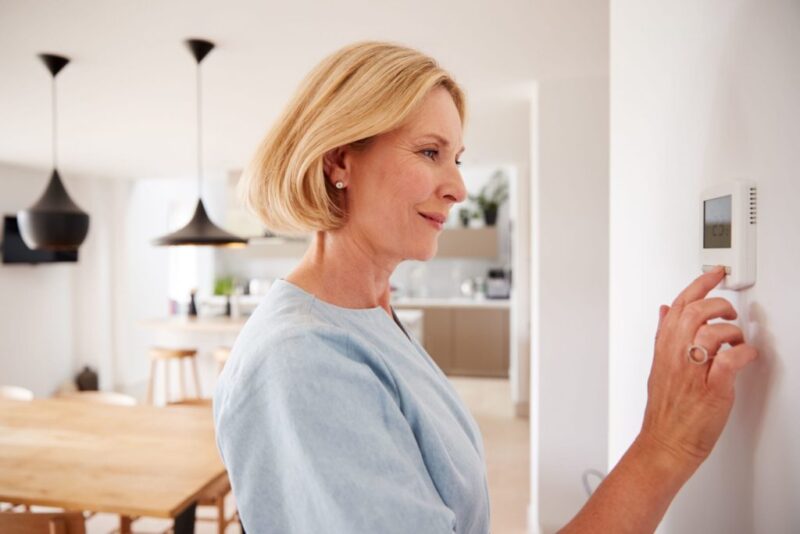
4. Zoning and Temperature Control
Achieving personalized comfort in different areas of the home is made possible through zoning and temperature control solutions. Heating professionals strategically install thermostats and dampers to divide the home into zones, allowing occupants to regulate temperatures independently. This not only enhances comfort but also contributes to energy savings by avoiding unnecessary heating in unoccupied areas.
5. Smart Heating Technologies
The integration of smart technologies has revolutionized home heating solutions. Smart thermostats, connected to mobile devices, enable homeowners to control heating systems remotely, ensuring a warm welcome upon arrival.
Learning algorithms adapt to usage patterns, optimizing heating schedules for maximum efficiency. Additionally, smart heating systems often provide real-time energy consumption data, empowering homeowners to make informed decisions for energy conservation.
6. Renewable Energy Integration
A sustainable approach to home heating involves the integration of renewable energy sources. Heating professionals explore options such as solar thermal systems, biomass boilers, and heat pumps that harness energy from the environment. This not only reduces reliance on conventional energy sources but also aligns with the growing global commitment to environmental sustainability.
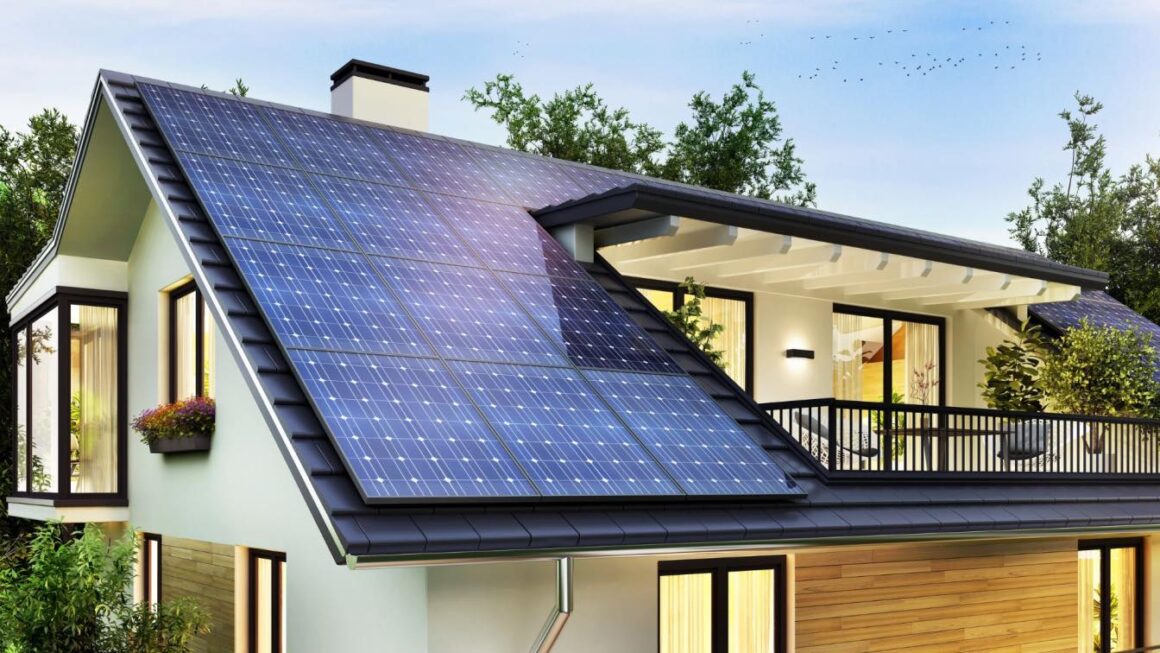
7. Radiant Heating Solutions
Radiant heating systems offer a luxurious and efficient alternative to traditional forced-air systems. Heating professionals may recommend radiant floor heating, where warmth emanates from the floor upwards, providing consistent and comfortable heat. This method minimizes heat loss through ducts and ensures an even distribution of warmth throughout the living space.
8. Regular Maintenance and Servicing
To ensure the longevity and efficiency of heating systems, professionals emphasize the importance of regular maintenance and servicing. Annual check-ups, filter replacements, and system inspections prevent potential issues, guaranteeing that heating systems operate at peak performance when needed the most.
9. Ductwork Design and Sealing
For homes equipped with forced-air heating systems, the design and condition of ductwork play a crucial role in heat distribution. Heating professionals assess ductwork for leaks, blockages, and inefficiencies. Proper design and sealing contribute to improved air circulation and more effective heating, preventing energy wastage and uneven temperature distribution.
10. Emergency Heating Solutions
In regions where extreme cold is a seasonal norm, heating professionals may recommend emergency heating solutions. These include backup heating systems, such as portable electric heaters or gas-powered generators, to ensure that homes remain warm during power outages or system failures.
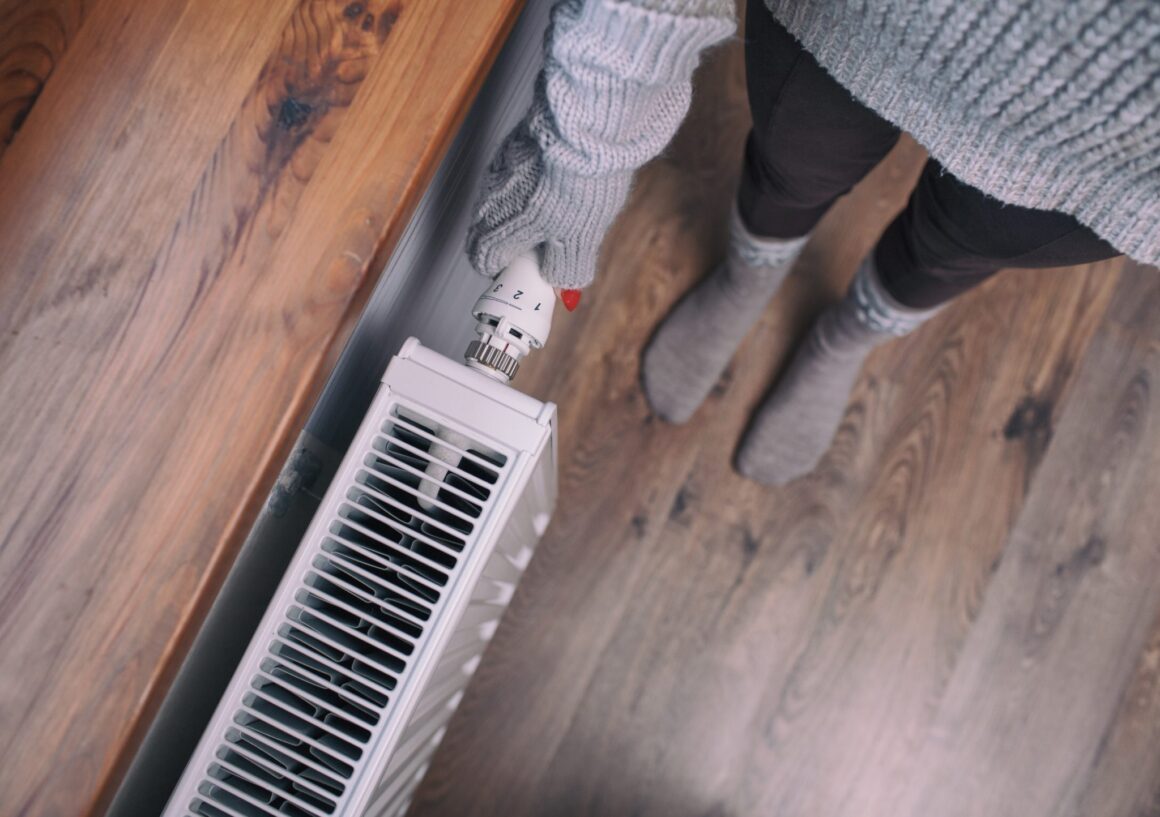
Conclusion
Transforming chills into comfort requires a holistic and expert approach to home heating solutions. Professionals in the field leverage a combination of advanced technologies, strategic design, and sustainable practices to create warm, energy-efficient living spaces. As homeowners navigate the winter months, collaboration with heating professionals becomes a cornerstone in the pursuit of optimal comfort and efficiency.
Whether through insulation upgrades, high-efficiency heating systems, or the integration of smart technologies, heating professionals stand as guardians against the cold, ensuring that homes become havens of warmth and well-being. As we embrace the transformative capabilities of modern heating solutions, the winter season evolves from a time of discomfort to an opportunity for cozy sanctuary within the walls of our homes.

